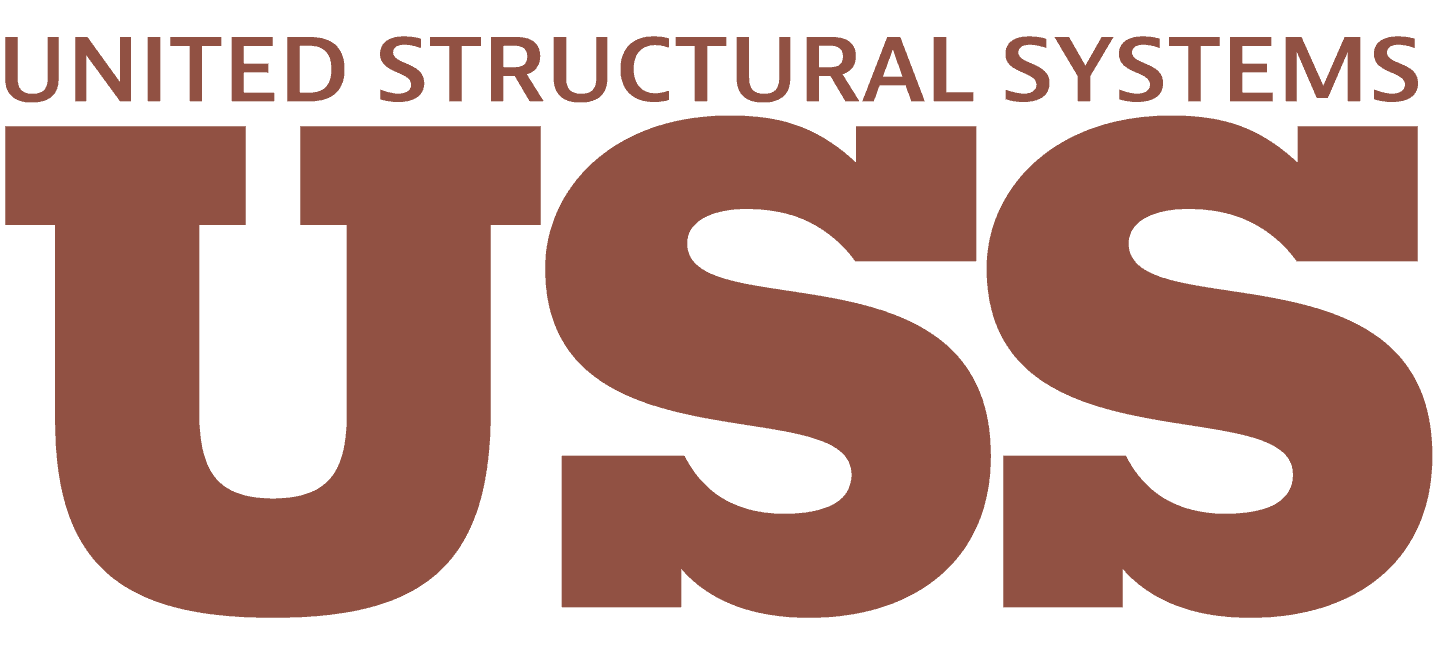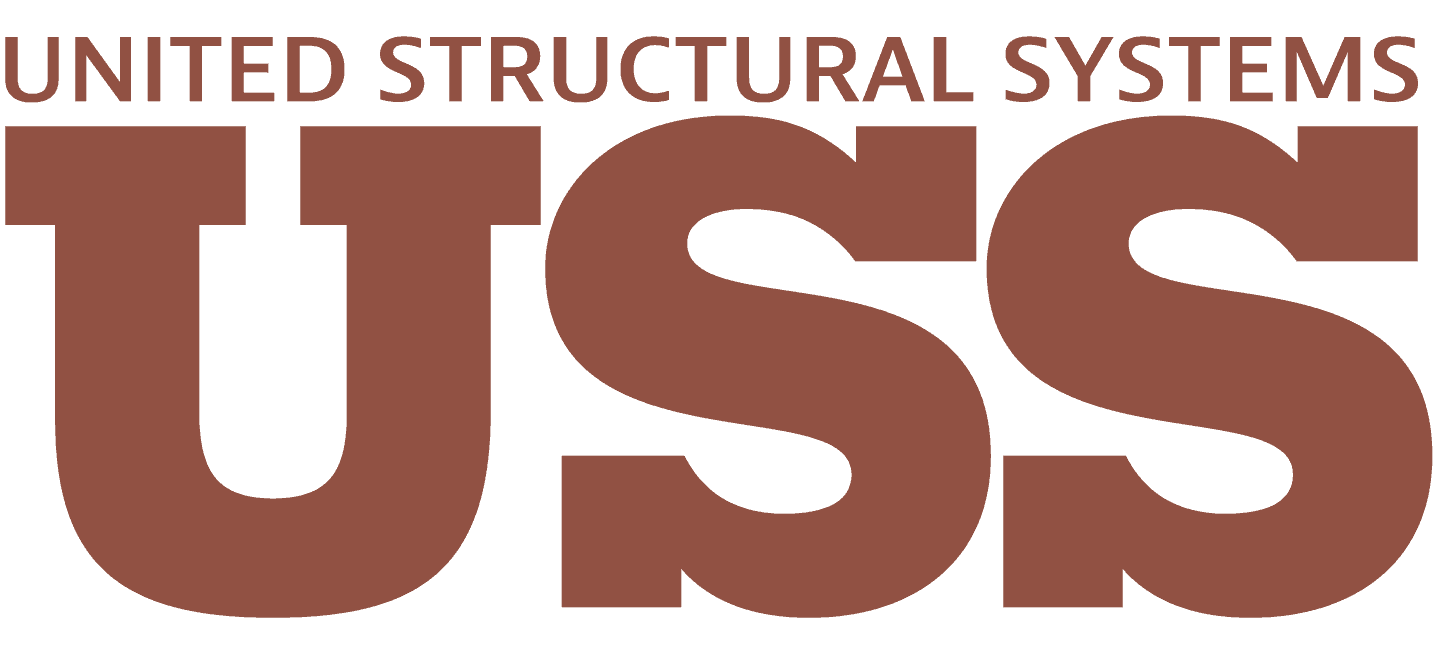As winter gives way to spring, homeowners often turn their attention to maintenance and improvement projects. Among the top priorities should be assessing the condition of your home's foundation. Winter weather, with its freeze-thaw cycles and moisture fluctuations, can take a toll on foundations, leading to potential issues that may require timely repair. In this blog post, we'll explore common signs that may indicate the need for foundation repair this spring and why addressing these issues promptly is crucial for the long-term stability of your home.
1. Cracks in the Foundation
Inspect the exterior and interior of your home for any visible cracks in the foundation. Small cracks may be normal wear and tear, but larger or widening cracks could signal structural problems. Horizontal or zigzag cracks, especially those accompanied by bulging or displacement, may indicate a more severe issue requiring professional attention.
2. Uneven or Sagging Floors
Walk through your home and pay attention to the floors. If you notice sagging or unevenness, it could be a sign of foundation settlement. As the foundation shifts, it can impact the structural integrity of your home, leading to sloping or uneven floors. This issue may be particularly noticeable in basements or crawl spaces.
3. Sticking Doors & Windows
Doors and windows that suddenly stick or no longer close properly may be indicative of foundation movement. As the foundation shifts, it can cause the framing of your home to distort, affecting the alignment of doors and windows. If you're experiencing difficulty opening or closing these features, it's essential to investigate the root cause.
4. Visible Gaps Around Doors & Windows
Inspect the areas around doors and windows for visible gaps or spaces. Gaps may indicate that the foundation has shifted, affecting the alignment of these openings. Properly sealed doors and windows are crucial for energy efficiency, and any visible gaps should be addressed promptly to prevent further structural issues and energy loss.
5. Bowing or Leaning Walls
Examine both the interior and exterior walls of your home for any signs of bowing or leaning. Bulging or tilting walls can result from soil pressure, water damage, or foundation settlement. These issues compromise the structural integrity of your home and require immediate attention to prevent further damage.
6. Basement Water Intrusion
Spring often brings increased rainfall, and if you notice water intrusion in your basement, it could be a sign of foundation problems. Cracks or gaps in the foundation can allow water to seep in, leading to dampness, mold growth, and potential structural damage. Addressing water issues promptly is crucial for preventing further deterioration.
7. Deteriorating Masonry
Inspect the masonry elements of your home, such as bricks or concrete blocks. Crumbling, chipping, or flaking may indicate foundation issues. As the foundation moves, it can affect the stability of masonry, leading to visible damage. Addressing these signs early can prevent more extensive and costly repairs in the future.
8. Gaps Between the Wall & Ceiling
Check for any noticeable gaps or separations between the walls and ceilings in your home. These gaps may indicate settlement issues affecting the framing and structure. While seasonal changes can cause minor shifts, significant separations should be investigated to determine if foundation repairs are necessary.
9. Exterior Soil Erosion
Inspect the soil around the perimeter of your home for signs of erosion. Poor drainage or soil displacement can contribute to foundation issues. Ensure that the ground slopes away from the foundation to prevent water pooling, and consider landscaping solutions to address any erosion concerns.
10. Visible Foundation Movement
In some cases, you may visually observe foundation movement. If you notice the foundation visibly shifting or sinking, it's a clear sign that professional intervention is needed. A sinking foundation can lead to extensive structural damage, making timely repairs essential for the safety and stability of your home.
Why Spring is an Ideal Time for Foundation Repairs
Spring is an ideal season for foundation repairs for several reasons:
Milder Weather: Spring typically offers milder temperatures and less extreme weather conditions, providing a conducive environment for construction and repair work.
Preventing Further Damage: Addressing foundation issues in the spring helps prevent further damage as the weather warms up. Delaying repairs could lead to more extensive and costly problems.
Optimal Soil Conditions: Spring often brings moist soil conditions, which can be advantageous for certain foundation repair methods. Contractors can capitalize on this moisture to stabilize the soil around the foundation.
Prioritize Foundation Health for a Stable Home
Taking proactive steps to assess and address potential foundation issues in the spring is essential for maintaining the stability and safety of your home. If you notice any of the aforementioned signs, consider consulting with a qualified foundation repair professional to conduct a thorough inspection and recommend appropriate solutions. Timely intervention not only preserves the structural integrity of your home but also prevents more extensive and costly repairs down the line. As you embark on your spring home maintenance checklist, make foundation health a top priority for a stable and secure living environment. You can also find additional maintenance tips for the home here: https://porch.com/advice/home-maintenance-tips-from-professionals.
If you find yourself in need of foundation repair services this spring, make sure to contact our experts at United Structural Systems. Our team caters to both residential and commercial properties and brings the skills and experience needed to get the job done right and ensure your foundation is solid for years to come.
Send us a message online or give us a call at (615) 307-9510.


